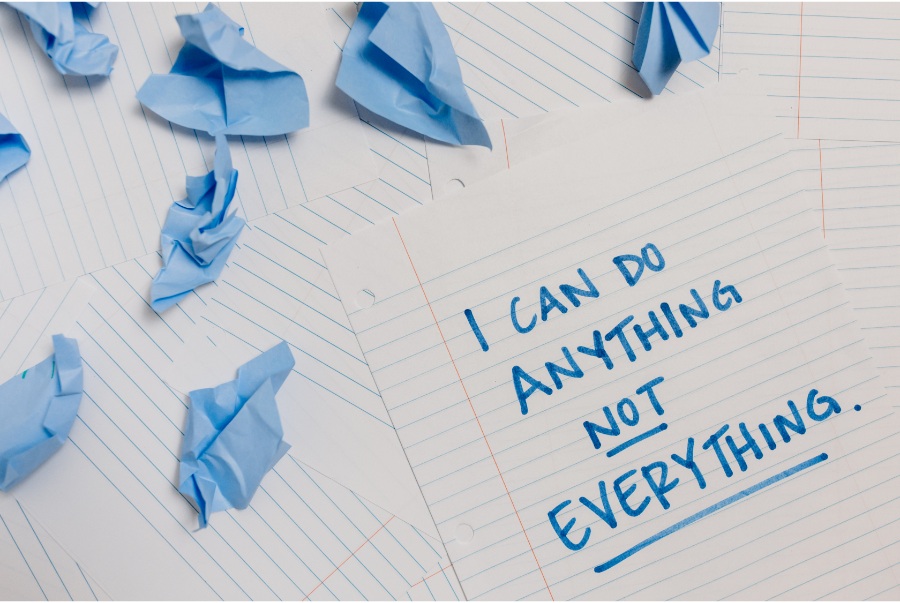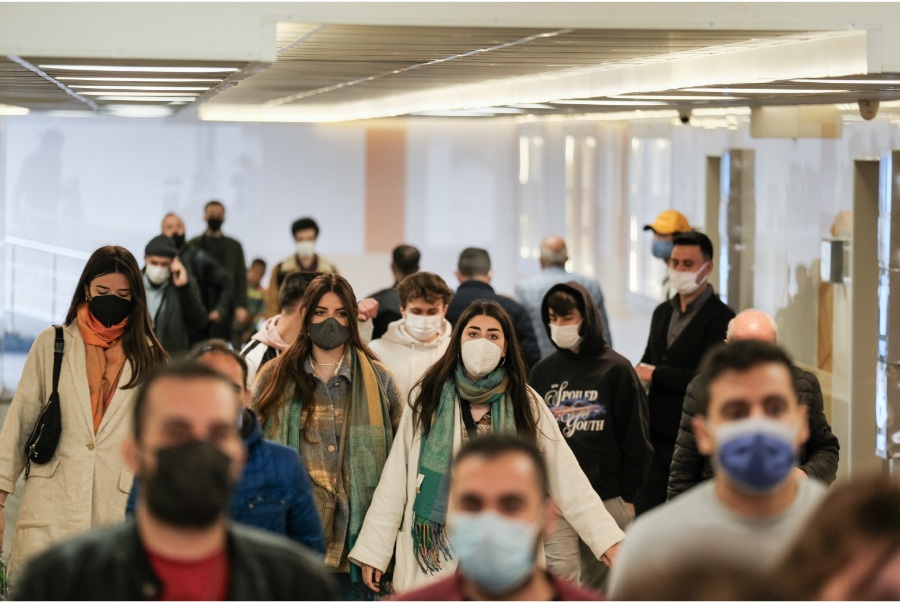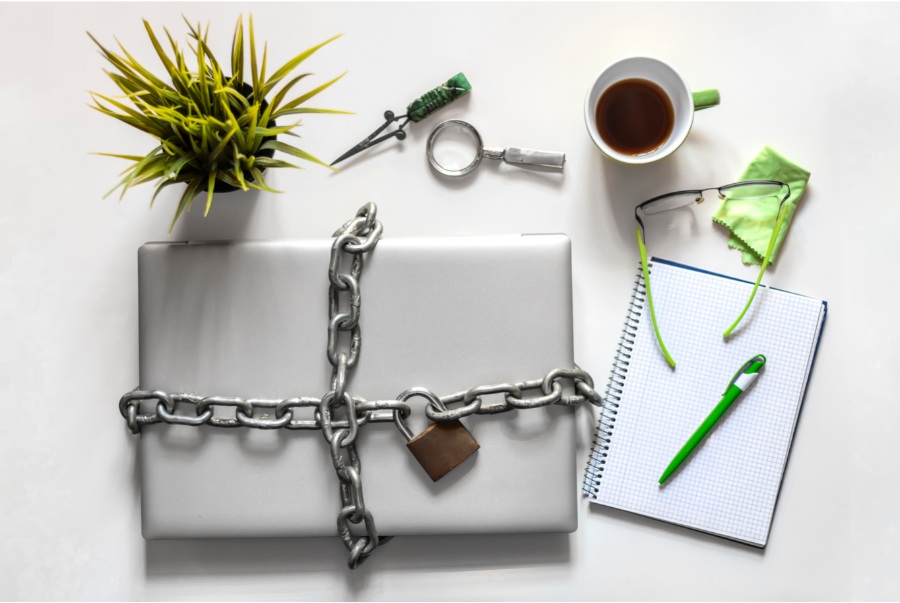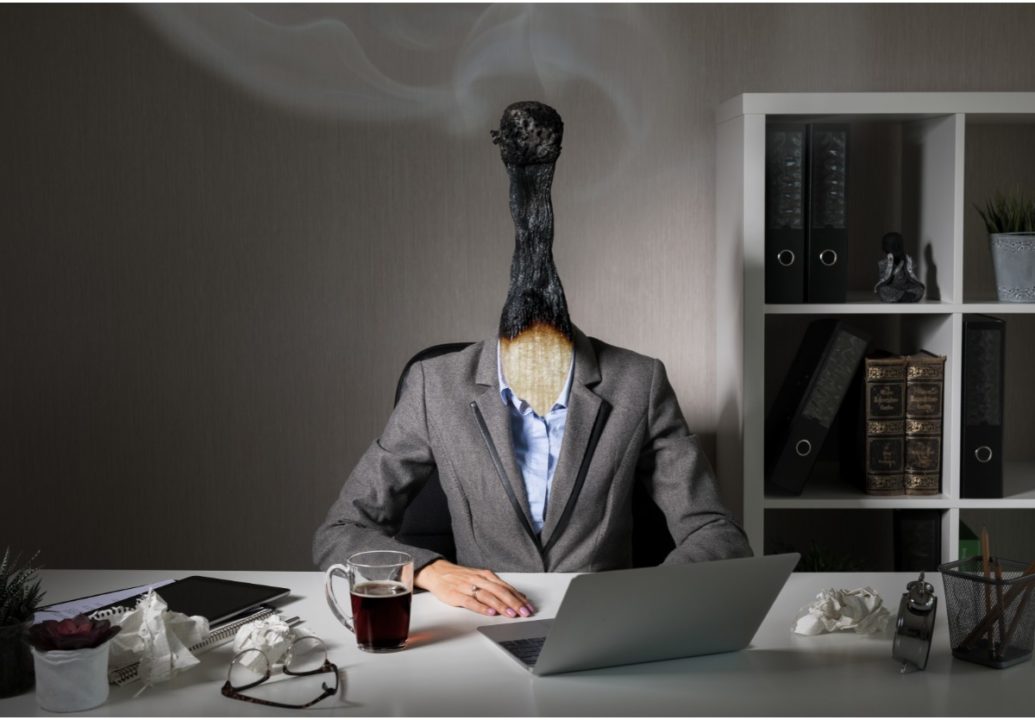Contribution from Shobha Nihalani
Burnout is a state of emotional exhaustion that affects high performance people in a stressful job. The job itself does not lead to burnout, it is the combination of factors – external and internal – that leads to a person becoming so exhausted that they don’t care anymore.
In the 1970s, psychologist Herbert Freudenberger, coined the phrase ‘burnout’ to describe symptoms of exhaustion, frustration, and overloaded emotional circuits. According to him, it is the high cost of high achievement, and affects the best and the brightest of people.
Generally, people don’t notice they are heading towards a burnout. They feel stressed and expect that when they complete their work, the stress will go away. However, work is never completed, and stress never really goes away. There are more expectations and responsibilities. Those feelings of stress get worse over time, leading to a gradual decline into burnout zone. It is entering a mindset that is constantly taking a hit by the pressures of doing it all. As a result of multiple chronic stressors, the demand on the individual exceeds the ability to deal with externals.
What is burnout syndrome?
Some psychologists have described burnout as a progression that starts with stress and advances to clinical depression, and in some cases, death.
According to the WHO, burnout has been classified as an ‘occupational phenomenon’ resulting from chronic workplace stress. It is not a medical diagnosis, but burnout can lead to physical ailments. WHO’s description of burnout is to be applied to describe experiences in a single area of life – work.
However, there are no set boundaries to the modern workplace. The lines are blurred. Ever since the pandemic hit, many people work from their homes. The effects of burnout can easily spill over into personal life and relationships. Dealing with daily external pressures such as: aggressive managers, difficult coworkers, running a business, and responsibilities towards children and the elderly, can lead to exhaustion.
As days turn to weeks and months, working overtime and a heavy workload, plus feelings of guilt that family time is sacrificed, is a burden on an already drained individual.
Ekta Tejwani is the Founder of MeetMumz. An ex-Hong Kong resident, she is currently a Singapore-based entrepreneur. Having balanced many different roles in her life, she says. “There are always phases in a founder’s life when the work pressures overpower you and takes over everything. It happened to me this year.” Tejwani shared that as a mother, at times the pressures of managing the different roles became so overbearing that she felt it was wise to take a step back and reflect.
We are expected to be able to handle stress, and if we complain about it, we are considered as weak-willed. Often, people hide their exhaustion and put up a front that they are able to handle the pressures. They continue, dragging themselves through the day.

Signs that you’re experiencing burnout
Burnout means the brain has been overstimulated by all that we compel ourselves to do. We lose track of how exhaustion takes over our minds and bodies. This creates behavioral changes.
There are indicators of burnout; they can become severe if not checked. The subtle signs start out as feelings of not good enough, exacerbated with negative self-talk and perfectionism, which means placing extremely high standards on oneself. And a tendency to put more into the work than what one gets out of it. The following symptoms are all indicators of progressive burnout:
- Detachment from work;
- Cynicism about life;
- Lack of enthusiasm to meet friends or withdrawing from social activities;
- The need to prove oneself;
- Denying oneself rest or relaxation;
- Inability to change;
- Feelings of emptiness.
Where does mental exhaustion come from?
Occupational burnout
Our busyness culture encourages a hectic daily routine, such that if we are not doing something at every single moment of the day, we feel guilty of ‘wasting time.’ There is a stigma attached to burnout syndrome. If a person is overwhelmed or stressed by a workload, they take the blame and feel weak. And the burnout sufferer is afraid to ask for help, and often blames oneself.
The fact is that there is such a thing as a toxic workplace. Daily interactions with a difficult boss or inconsiderate managers or coworkers can be one of the causes of occupational burnout. Oftentimes, the individual feels that no matter what they do, they don’t make a difference. And they are afraid to share how they feel.
Emotional burnout
Emotional burnout happens when we experience a continuous pressure that has no end in sight. Individuals struggling with burnout feel numb, they just go through the motions of the day, putting up a positive front while internally there is no sense of positivity.
This usually happens when our job description requires forced pleasantries, or displays of cheerfulness and faking smiles while indulging in small talk. Maintaining an upbeat persona can be mentally taxing. It happens to many who have not had enough sleep, running on coffee, and trying to handle 12-hour shifts. Few seem to recognize the cost. Service workers, such as baristas, flight attendants, pilots, and those who are juggling two jobs, plus a family, are facing stressors constantly. During burnout the hardest person to please is oneself.
Pandemic burnout

In recent times, the uncertainty of life and crisis of living in fear of catching COVID has led to a different kind of burnout. Experts call it ‘decision fatigue’. There is so much change that it becomes mentally unsettling.
Disrupted school schedules, the unpredictable work routine, anxiety about sick family members. Even simple decisions as to how to order groceries, what to have for meals, handling children’s study schedules, updates on the pandemic, can all add up to stress. Pandemic burnout weighs heavily on the mind and body; the fact that life has changed to such an extent that one needs to adjust to a new kind of lifestyle.
Previously, a home was considered a sanctuary for rest, and winding down. Now, it has turned into a workplace, a school, and a ‘prison’ for the infected. These kinds of unknowns result in pandemic-specific burnout.
After decades of research, Dr. Christina Maslach, a professor of psychology at the University of California, Berkeley has revealed that burnout is not a mental illness, it is not an individual weakness, it is a human response to stress. The difference is that it gets triggered by external factors that are part of our daily life. She explains that work overload is not the only reason that can cause burnout. There are five other triggers:
- Lack of control over one’s choices;
- Absence of fairness;
- Failure of a community spirit;
- Insufficient rewards in terms of recognition or monetary gain;
- Value conflicts.
Maslach says that once a person can isolate the burnout trigger, the issue can be addressed to create a positive pivot.
Tejwani shared that the pressures of an early-stage startup, mom guilt, sometimes led her into an abyss, and the continuous efforts made to come out of it, drained her. “However, once priorities and non-negotiables come into the equation, the emotional drain, turned into empowerment.”
How to get out of burnout

We find that well-wishers or many online posts share ways and means to help with stress and burnout. These include suggestions to do yoga, meditation, go to wellness retreats, and try breathing exercises. While all these are meaningful, one burnout victim said that it is like putting a band-aid on a broken wrist. These tools can help after recovering from burnout, to maintain a balance in life. Often people find it hard to relax when their bodies are in burnout zone.
The way to start the step of relaxation is to first realize the trigger, and then to take progressive steps towards recovering from burnout.
Here are a few suggestions from experts:
- Take a break. This means disconnecting from the specific stressor. (Read more about digital detox.)
- Cut back on commitments. Recognize you cannot be there for everyone 24/7.
- Be clear on priorities. Lessen the workload by sharing your burden with others.
- Be willing to make some sacrifices. There will be less earnings, but more self-care. Health comes first.
- Accept that not everything will be perfect. It’s okay to be not okay once in a while.
- Slower progress leads to work-life balance. Taking time to enjoy small pleasures in life means able to take a deep breath, to enjoy a cuppa with a friend, go for a movie, and get more sleep.
- Do something that’s creative. Writing, painting, or other creative pursuits will help.
- Physical movement. Take a walk outdoors; the sounds of nature are soothing.
Tejwani added that, “Prioritizing brings a balance in life. I have realized that my success didn’t follow a single role, but rather a balance of mother/founder/self. In the end, it’s about narratives and redefining what success means to you.”

Shobha Nihalani is a multi-genre author, ghost-writer, and mindset coach. She has been writing for over 25 years. Her recent book on self-esteem – Reboot, Reflect, Revive: Self-Esteem in a Selfie World – has become popular and is recognised for raising awareness on self-esteem.
Shobha believes that the way we communicate with ourselves, and others, has the power to impact our lives. Her expertise as a writing consultant and writer’s coach has given her the opportunity to guide people to acknowledge their own amazing potential to be unique, creative, and resilient in achieving their goals.
Learn more about Shobha Nihalani at www.shobhanihalani.com or contact her at shobhanovels@gmail.com.
Disclaimer: The opinions expressed in this publication are those of the authors and do not necessarily represent the views of The HK HUB.
Header image credits: grinvalds via Canva




